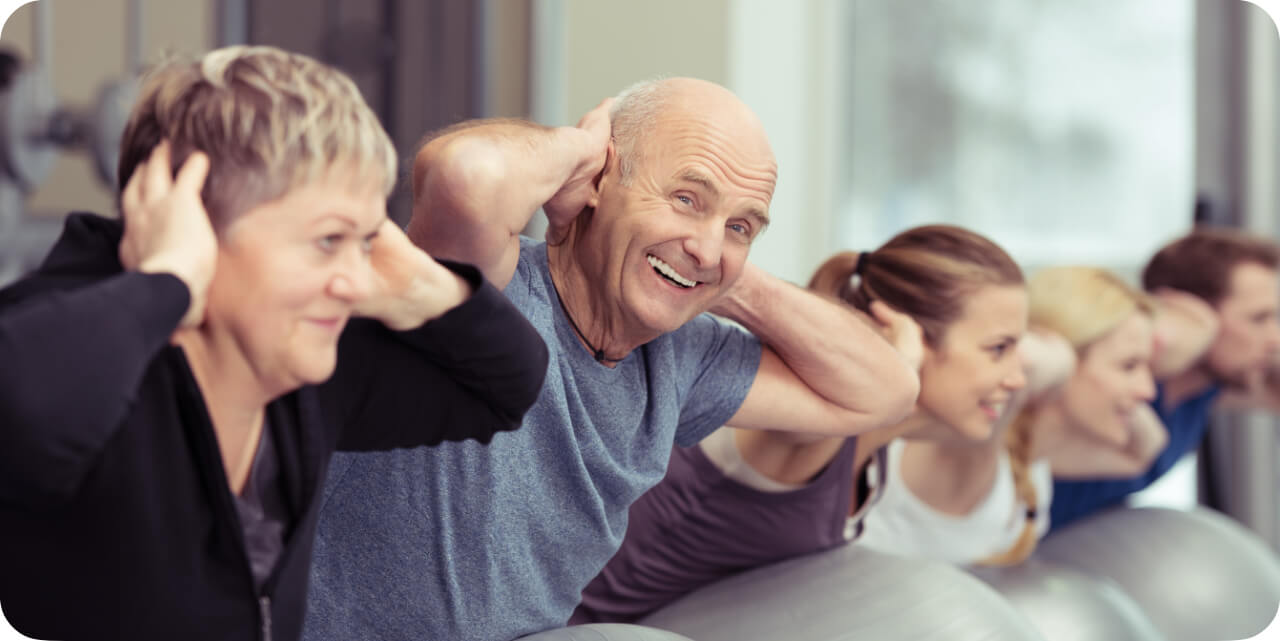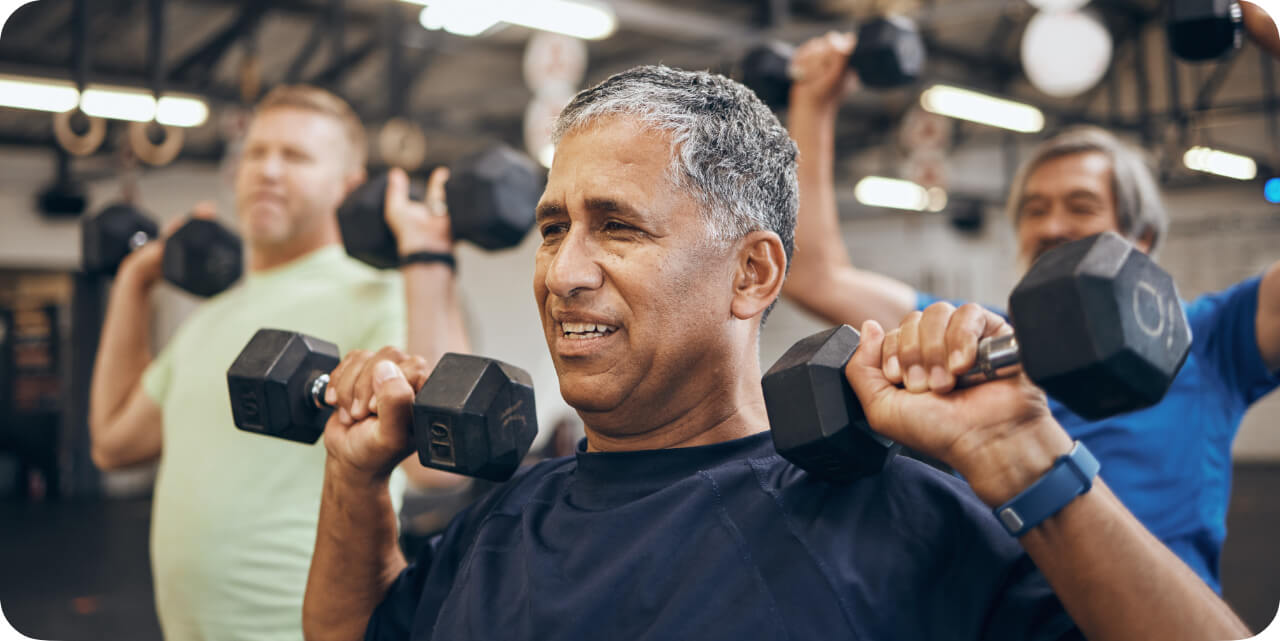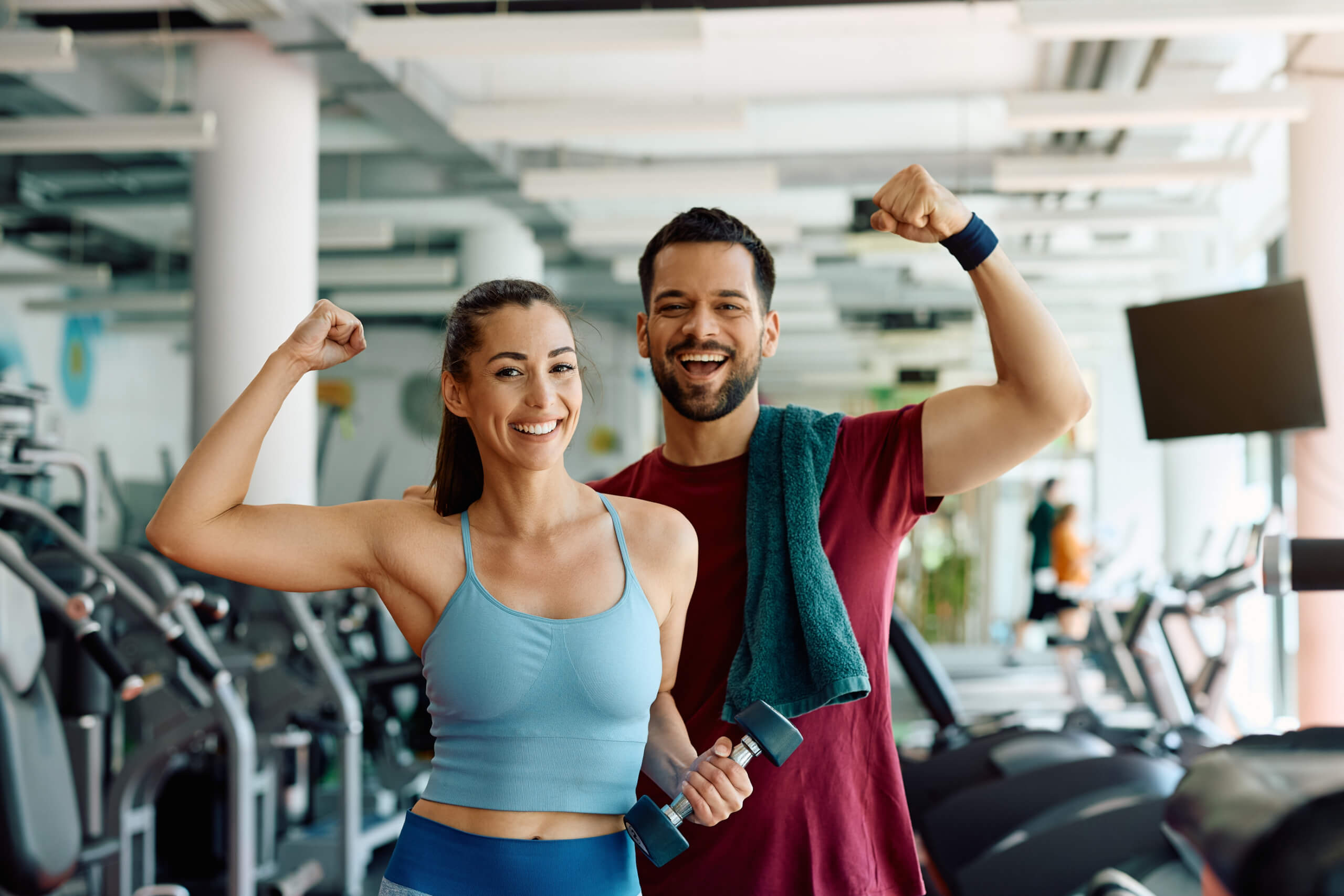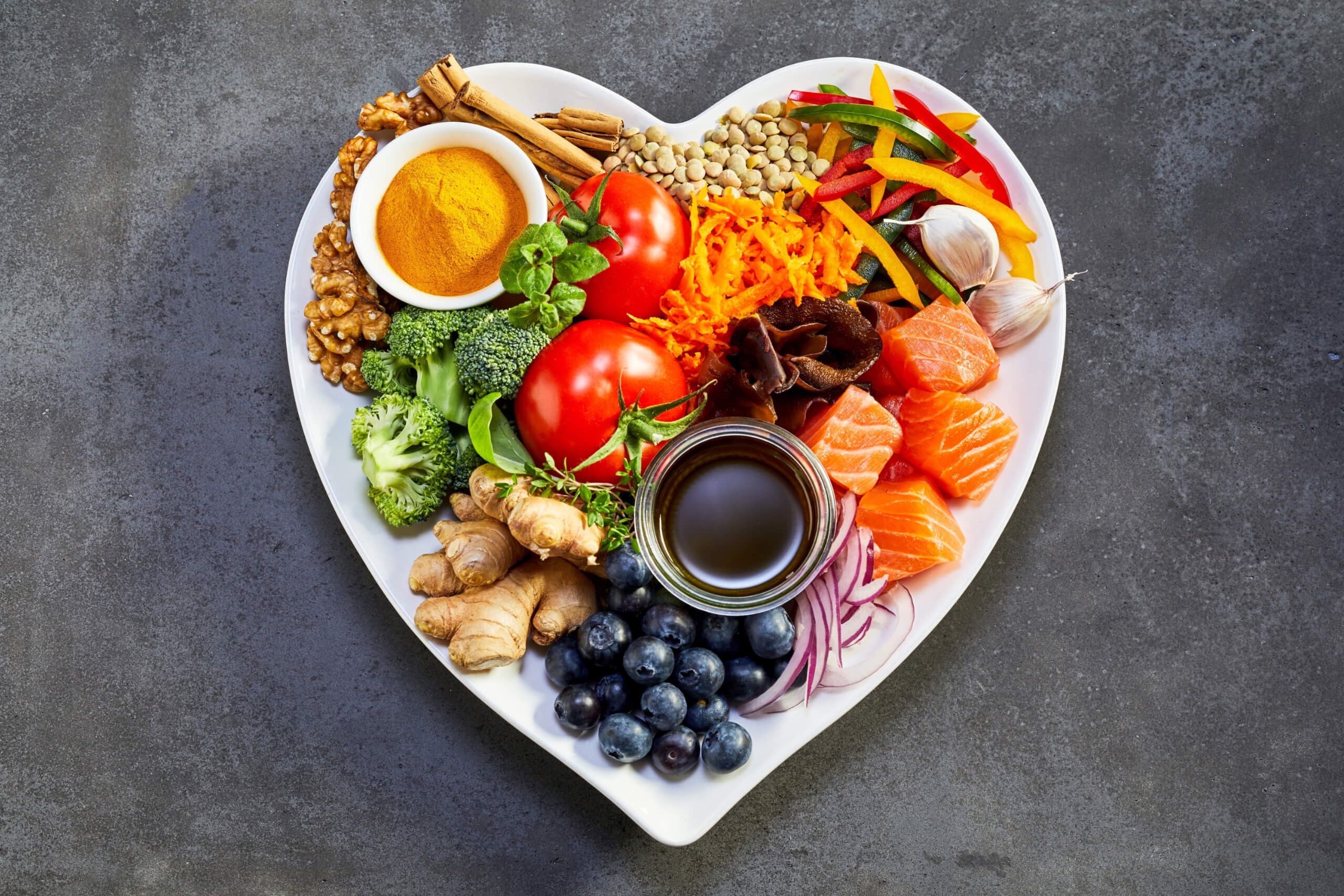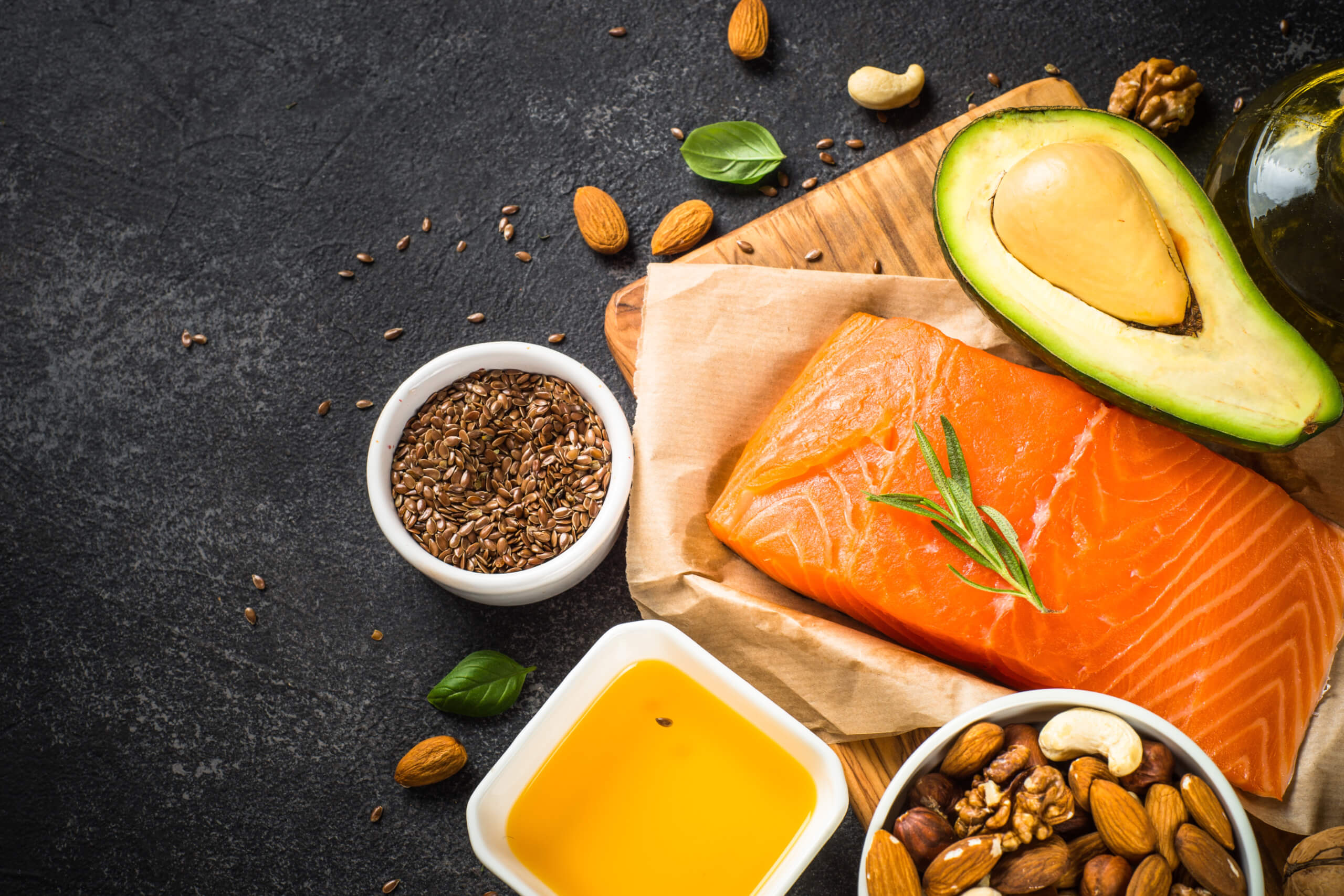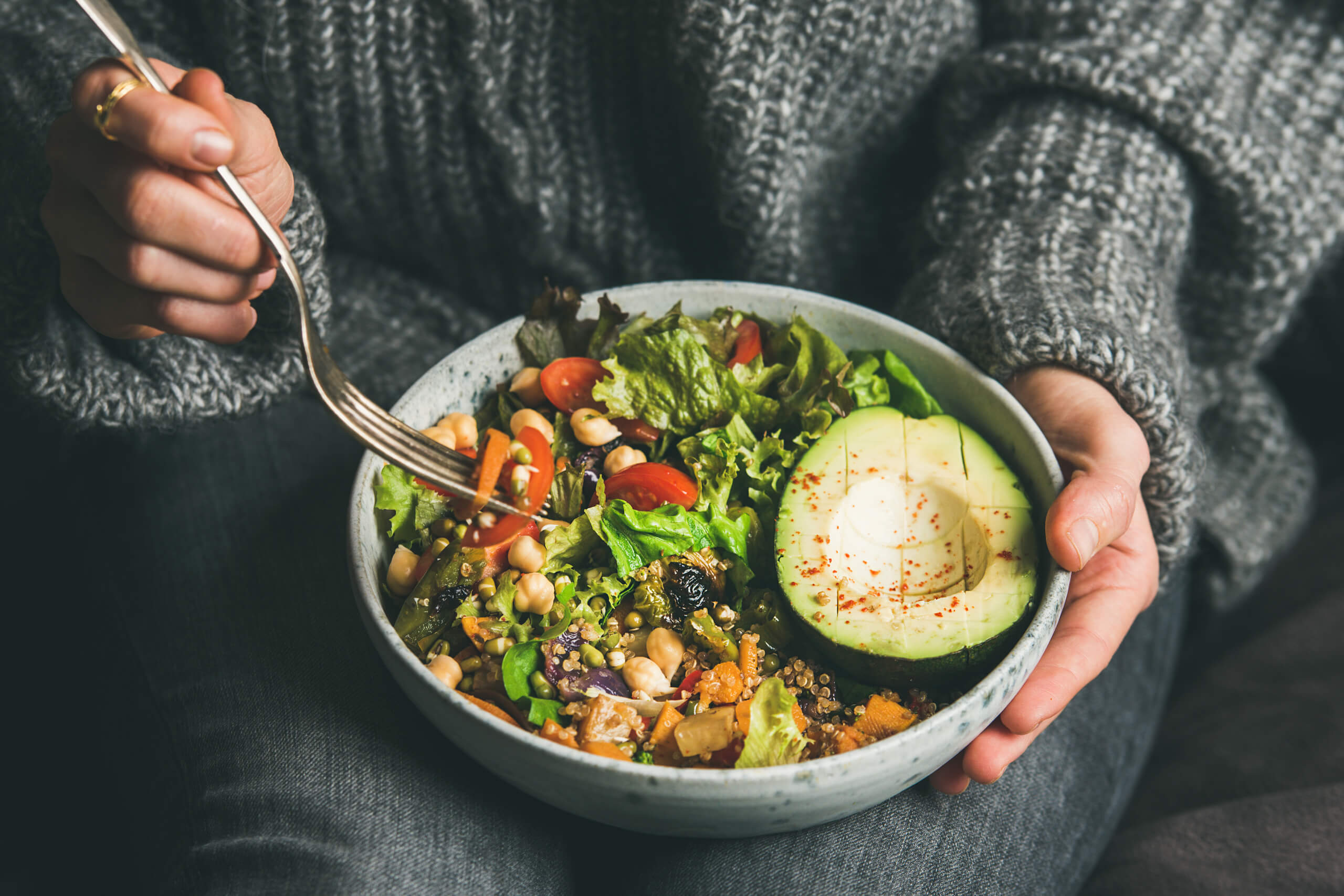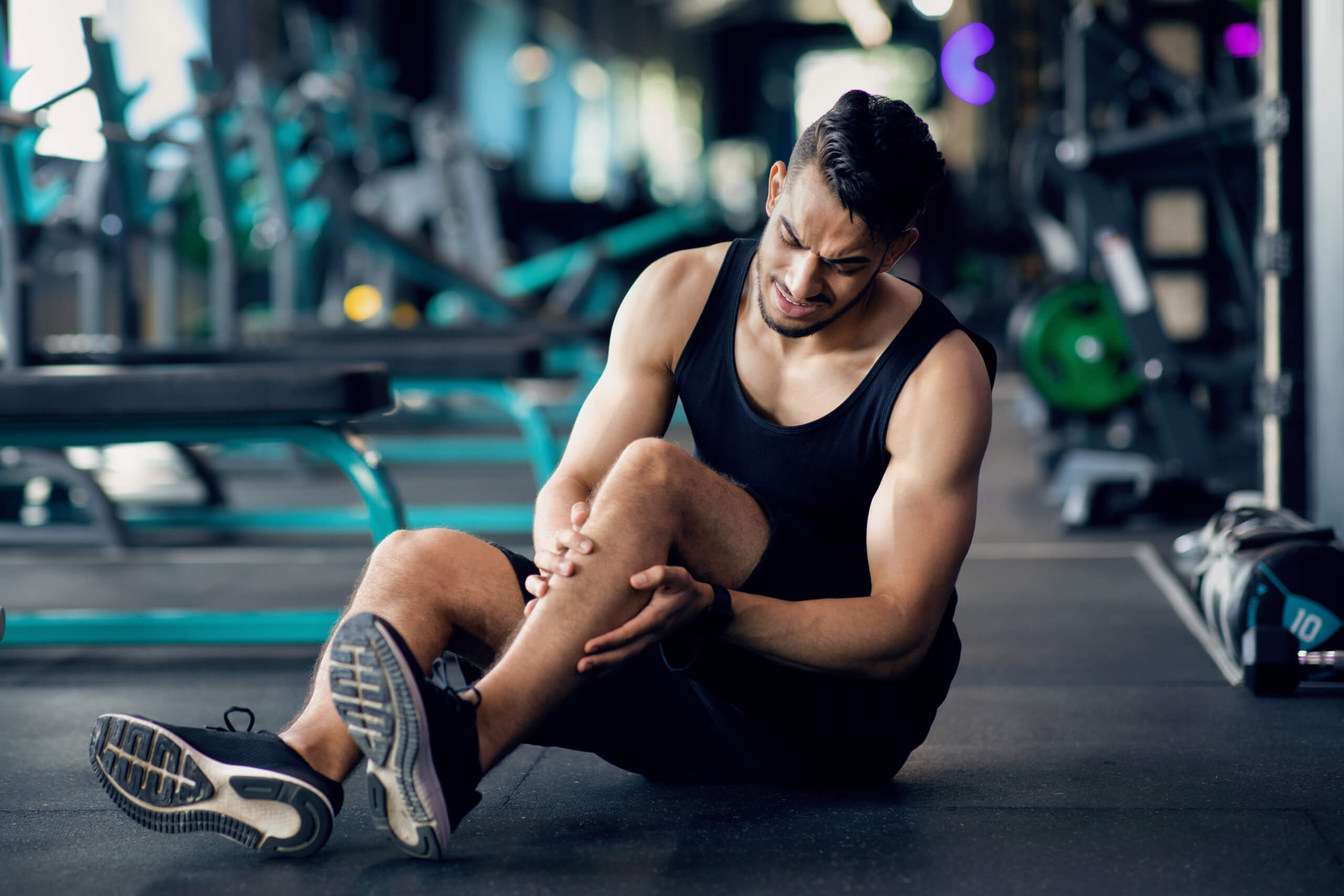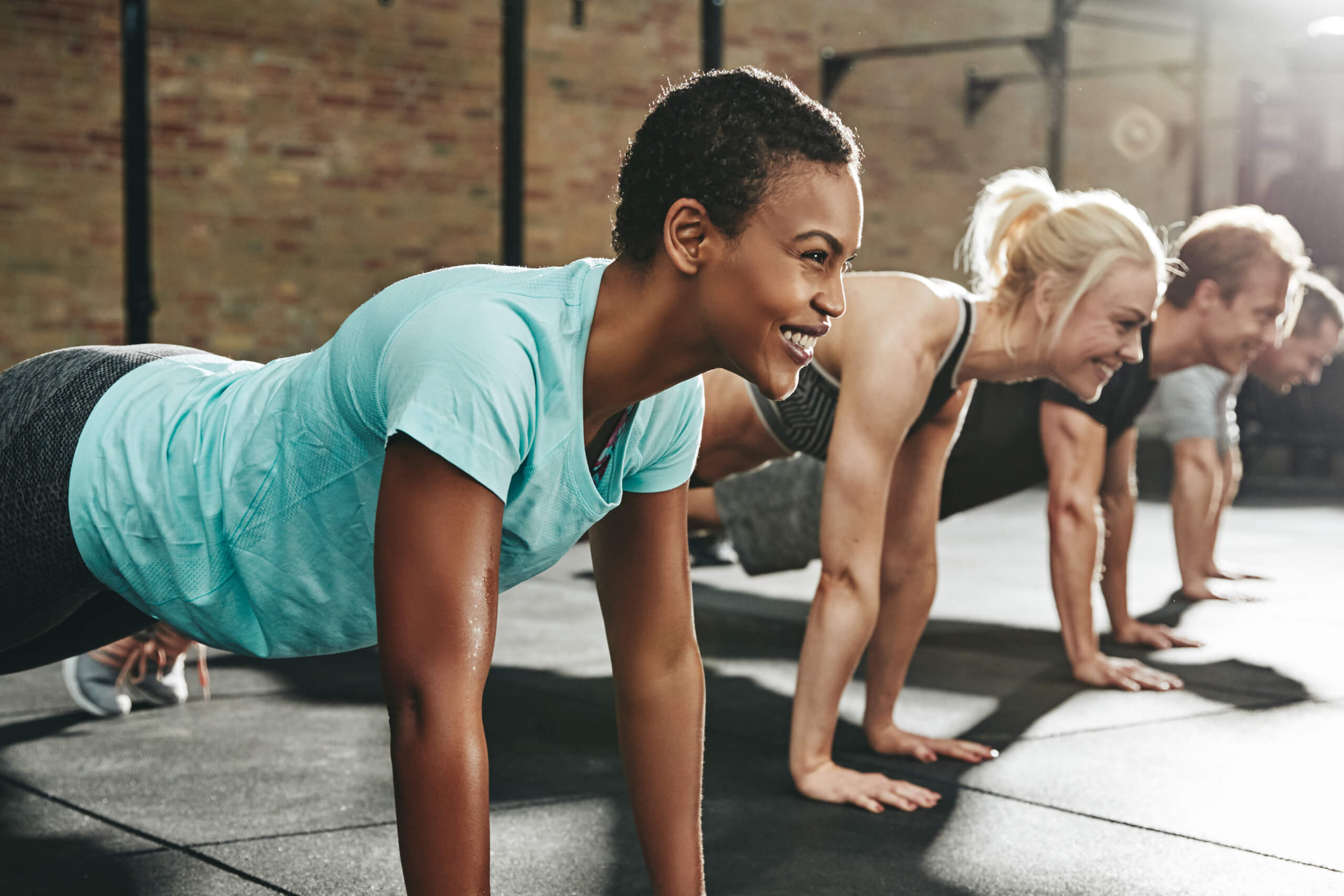The golden years bring about many changes in one’s life, and fitness is no exception. As we age, our bodies’ needs and capabilities evolve, making it vital to adapt our exercise routines accordingly. The benefits of maintaining an active lifestyle after 50 are immense, from enhancing mental well-being to preserving physical health. But, the question remains: How should one exercise when over 50? In this guide, we delve deep into the best practices for individuals in their 50s and beyond.
Understanding the Body’s Evolution
The Aging Musculoskeletal System: As we age, our muscles and bones undergo natural wear and tear. The decrease in bone density and muscle mass means we are more prone to injuries.
Reduced Flexibility: Our tendons and ligaments lose elasticity over time, making us less flexible.
Slower Metabolism: As the metabolic rate drops, maintaining or losing weight becomes more challenging.
Why Exercise is Imperative After 50
- Improves Bone Density: Resistance training can help combat the onset of osteoporosis.
- Enhances Mental Health: Physical activity releases endorphins, known as the feel-good hormones.
- Boosts Heart Health: Cardiovascular exercises strengthen the heart and improve blood circulation.
- Maintains Muscle Mass: Strength training prevents muscle deterioration.
Best Exercises for Individuals Over 50
1. Walking
An underrated but highly effective workout, walking boosts cardiovascular health and improves stamina. It’s gentle on the joints and can be easily incorporated into daily routines.
2. Swimming
Swimming provides a full-body workout, enhancing muscle tone, cardiovascular health, and flexibility, all while being low impact.
3. Strength Training
A combination of free weights, resistance bands, and machines can help in building muscle mass and strength. Remember to start light and gradually increase the weight.
4. Yoga and Pilates
These practices not only enhance flexibility but also improve posture, balance, and mental well-being.
5. Tai Chi
Originating from ancient China, Tai Chi is a form of martial arts that enhances balance, flexibility, and muscle strength.
Safety Precautions to Consider
- Consultation: Always consult with a healthcare professional before starting a new exercise regime.
- Warm-up: Spend at least 10 minutes warming up to prepare the body and reduce injury risks.
- Stay Hydrated: Drink ample water before, during, and after workouts.
- Listen to Your Body: If something doesn’t feel right, stop immediately.
Creating an Effective Routine
Consistency Over Intensity: It’s more beneficial to maintain a consistent routine than to push oneself to extreme limits occasionally.
Mix and Match: A blend of cardiovascular, strength, and flexibility exercises yields the best results.
Rest and Recover: Allow your body to heal by taking regular breaks between intense workout days.
Tracking Progress Over Time
Maintain a Workout Journal: Documenting workouts helps in monitoring progress and adjusting routines accordingly.
| Week | Cardio (Minutes) | Strength (Reps) | Flexibility (Sessions) |
|---|---|---|---|
| 1 | 20 | 15 | 2 |
| 2 | 25 | 18 | 2 |
| 3 | 30 | 20 | 3 |
Seek Feedback: Joining a community or hiring a personal trainer can provide valuable insights and modifications to enhance your fitness journey.
In conclusion, age is just a number when it comes to maintaining an active lifestyle. By understanding the body’s needs and adapting our fitness routines, we can lead a healthy and vibrant life even in our 50s and beyond. Remember, it’s never too late to start, and the benefits of staying active far outweigh the challenges. So, gear up, stay motivated, and embrace the golden years with vitality and vigor!
Related Posts
11/12/2023
Potential Role of CBD for Athletes
The world of sports is constantly evolving, with athletes always seeking new methods to enhance their performance and…
01/12/2023
Competition time! Win a free product for you and your gym buddy
We are giving away one of our supplements for free! For you and your gym buddy or bestie. To enter: like a post on our…
29/11/2023
How Food Habits Can Affect Your Mental Health
The food we eat plays a crucial role in not just our physical health but also our mental well-being. Recent research…
08/11/2023
Healthy Diet 101: Macro and Micronutrients – Tips and Tricks
A healthy diet is more than just a tool for weight management; it's a way to nourish your body and mind, maintain good…
01/11/2023
Spooky? Health Benefits of Pumpkin for Athletes
Pumpkins, often associated with Halloween and fall festivities, are usually seen carved into jack-o’-lanterns rather…
26/10/2023
10 Super Foods to Supercharge Your Healthy Diet
In the fast-paced world we live in, maintaining a healthy diet can sometimes feel like an uphill battle. However, with…
24/10/2023
Are Plant-Based Diets Suitable for Athletes?
Ever pondered whether a plant-based diet could fuel the rigorous demands of an athlete? Let's dive deep and unravel…
19/10/2023
10 Best Foods for Sports Injury and Recovery
Sports injuries are a common part of an athlete's journey, but the road to recovery can be expedited with the right…
13/10/2023
8 Benefits of High Intensity Interval Training (HIIT)
Quisque non est quis libero ornare egestas vel ut arcu. Ut non mauris maximus, consectetur lorem et, interdum quam. Nam…


